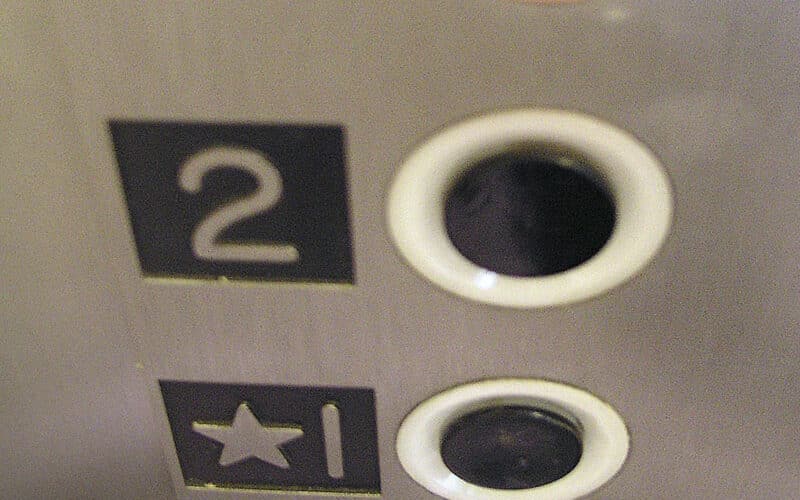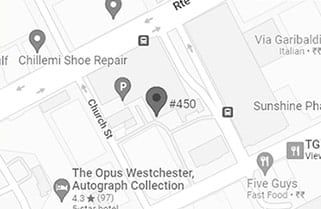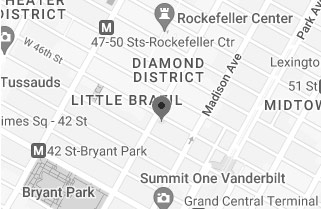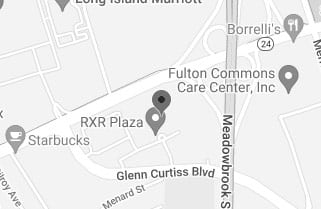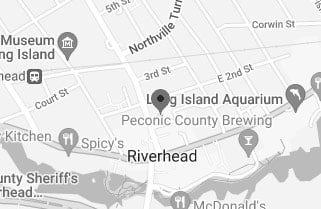A class action lawsuit settled in September 2012 forced the New York City Housing Authority (NYCHA), a governmental agency that provides housing to low-income tenants, to repair malfunctioning and broken elevators used by disabled residents. The NYCHA operates more than 2,600 buildings throughout the city and is responsible for maintain 3,300 elevators. The class action lawsuit, which was filed in 2009, claimed that there was a “widespread and systemic failure to maintain the elevators in its buildings in operable working condition.” Because many disabled tenants rely on the elevators to get to their apartments, the lawsuit stated that the city was violating the Americans with Disabilities Act.
Wilma Brito, 38, one of the plaintiffs in the lawsuit, suffers from cerebral palsy and is confined to an electric wheelchair. Brito stated that none of the elevators in her building were working for a period of three days. On one occasion, Brito said that she was stranded outside of her building for most of the night because the elevators weren’t working. Debbie Bucote, 52, suffered from a stroke which left her paralyzed on one side of her body. She is also confined to a wheelchair. After the elevators in her building broke down, she was forced to walk down 18 flights of stairs with the help of an aide so that she could get to a doctor’s appointment. Phyllis Gonzalez, 61, suffers from arthritis and other health problems. She stated that she was forced to slide down 12 flights of stairs while sitting down when the elevators in her building malfunctioned. The lawsuit also pointed out cases in which tenants were trapped in elevators or had to wait in the lobby for hours at a time while the elevators were being repaired.
Although the legal settlement did not include any monetary payments, it did force the NYCHA to follow a prescribed plan to repair and maintain the elevators in order to keep them in operating condition. For instance, the settlement requires that 70 percent of elevator outages be repaired within eight hours of being reported. In addition, the average number of citywide outages cannot exceed more than one outage per elevator per month. Moreover, the NYCHAA must create a schedule to perform preventative maintenance on the elevators to ensure that they are safe to use and functioning properly. The NYCHA must also file annual reports to show compliance with the settlement’s conditions. Finally, the settlement allows disabled residents to request to be moved to a lower floor so that they are not severely impacted in the event of an elevator outage.
Manhattan Borough President Scott Stringer stated that the settlement protects the city’s most vulnerable residents. He remarked, “It’s about time. For far too long, NYCHA tenants with disabilities have been hostage to the Housing Authority’s inability to repair, modernize or replace poorly functioning elevators.”
Suit Says Faulty Elevators in Public Housing Violate Rights of Tenants, NY Times, Manny Fernandez, April 20, 2009
